Search
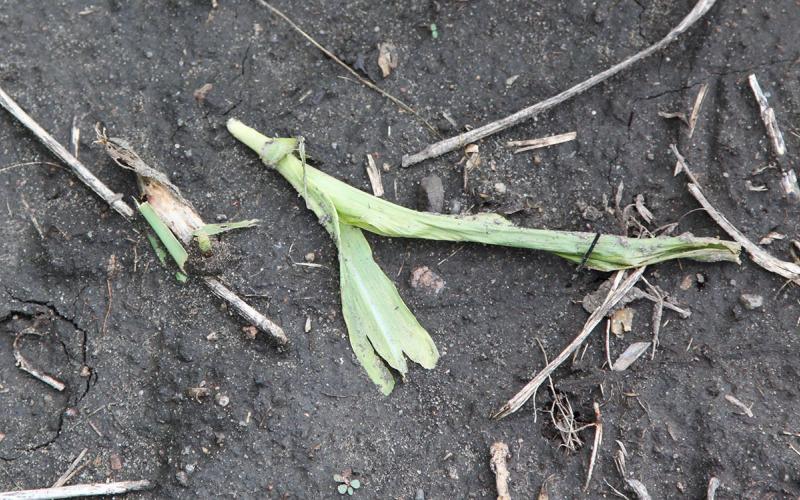
Cut Corn Plants Detected in South Dakota
Cut corn plants have been detected in South Dakota. The damage is due to black cutworm feeding. Although black cutworm caterpillars injure corn by feeding on leaf tissue, the serious damage occurs when caterpillar feeding results in the cutting of young corn plants.
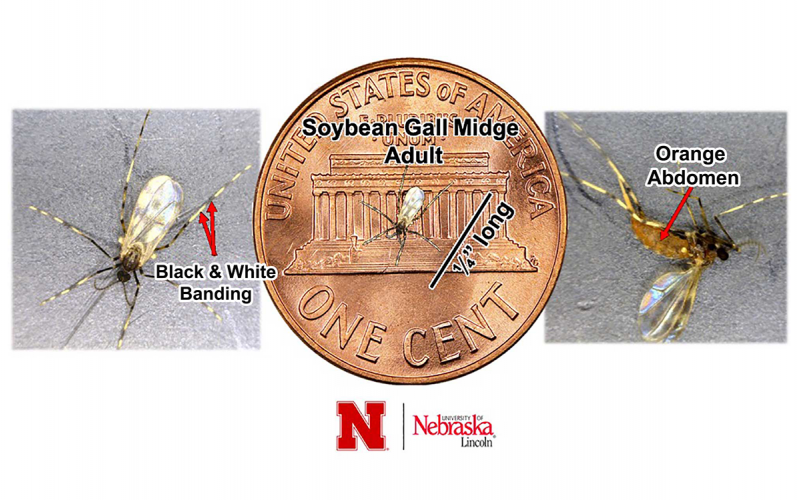
Soybean Gall Midge Adults Captured in South Dakota
Although soybean gall midge adults have been captured earlier this spring in neighboring states, the first adults were captured in South Dakota on June 17. So far, our captures are low with one adult at two locations near Burbank and Meckling.
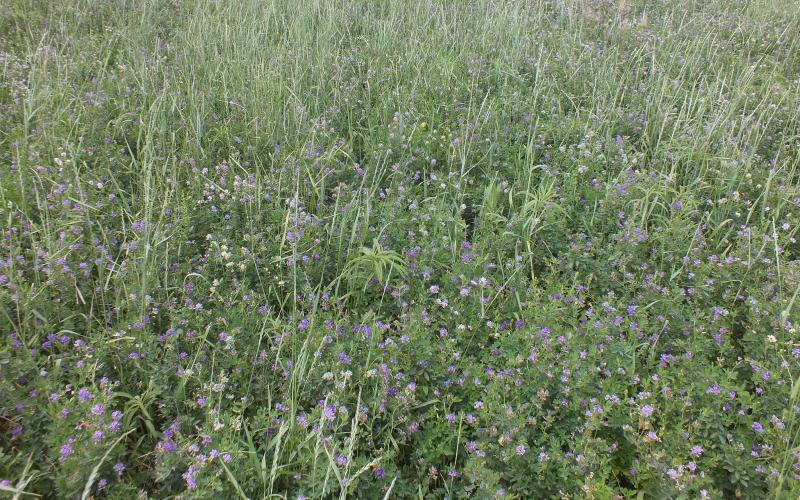
Nitrate QuikTest for Forages
The Nitrate QuikTest for Forages is available at various SDSU Extension locations and veterinary clinics across the state and is designed to be used with standing forages prior to harvesting for hay or grazing.

Cedar Trees and Rangeland Loss
The issue of cedar tree invasion into South Dakota’s rangelands tends to be a regional conversation. There is generally broad agreement among most resource professionals that these trees are in fact changing our landscape in a negative way.

Building Highly Effective Boards
Whether you are starting a new board or solidifying the roles and workings of an existing board, this program is a great way to get all members on the same page.
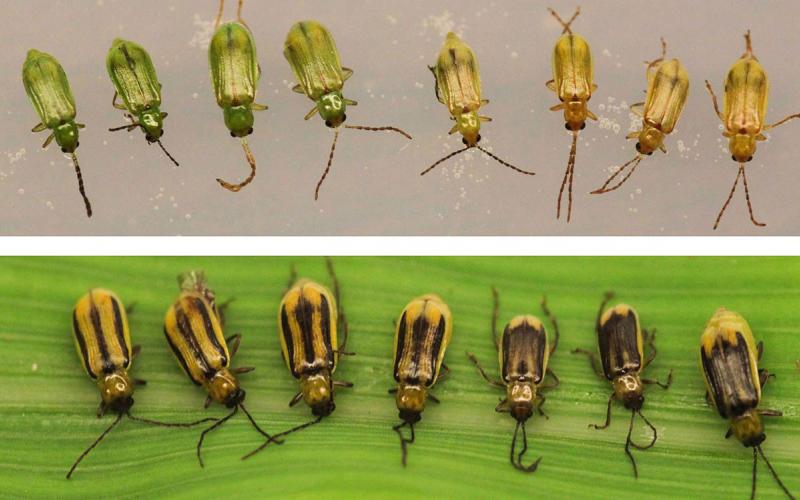
Corn Rootworm Egg Hatch Estimates
Corn rootworms overwinter in the soil as eggs and hatch in the spring when enough soil degree days have been accumulated. Based on soil degree day accumulations, most of South Dakota has reached 50% corn rootworm egg hatch.
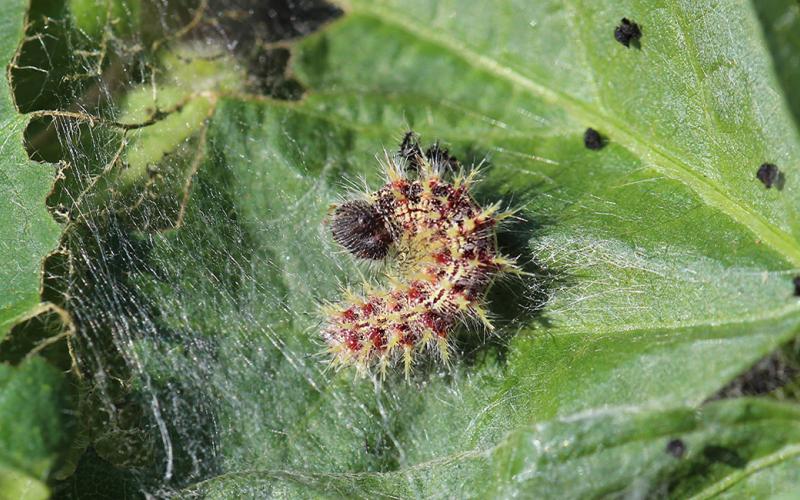
Thistle Caterpillars Observed on Canada Thistle
Although thistle caterpillars are normally first observed in July or August, it is possible for them to appear earlier if weather conditions are favorable. While these caterpillars are generally not present in high numbers, they can cause severe defoliation.
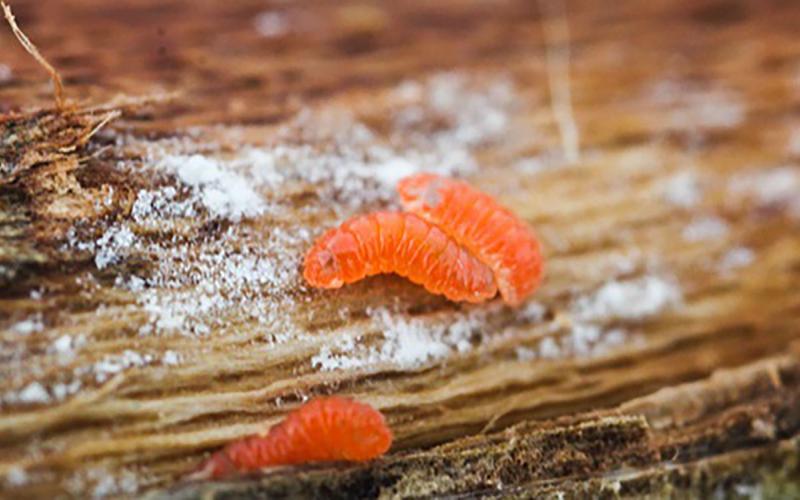
Soybean Gall Midge Larvae Observed in South Dakota
Soybean gall midge emergence continues to be slow in South Dakota. In the past week, two additional adults have been captured in South Dakota.
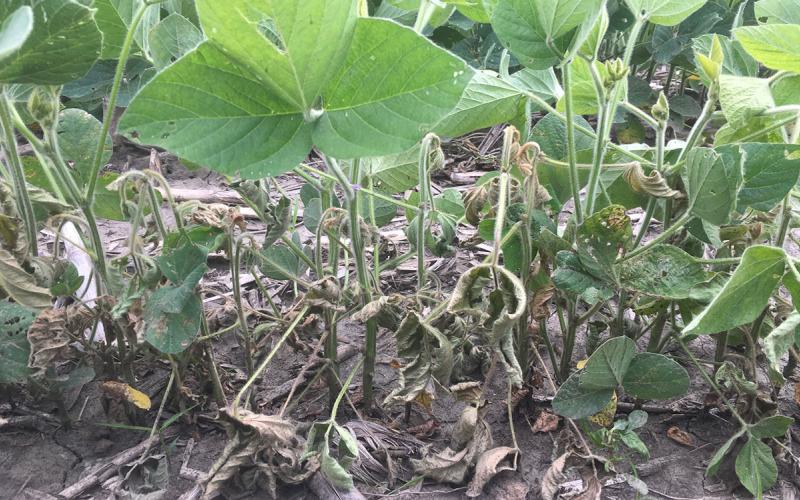
Soybean Gall Midge Larvae in South Dakota Soybean
Soybean gall midge larvae were observed in South Dakota soybean this week. Although insecticide applications haven’t been very effective at this stage, it is still important to scout fields and determine the location and extent of soybean gall midge infestations.
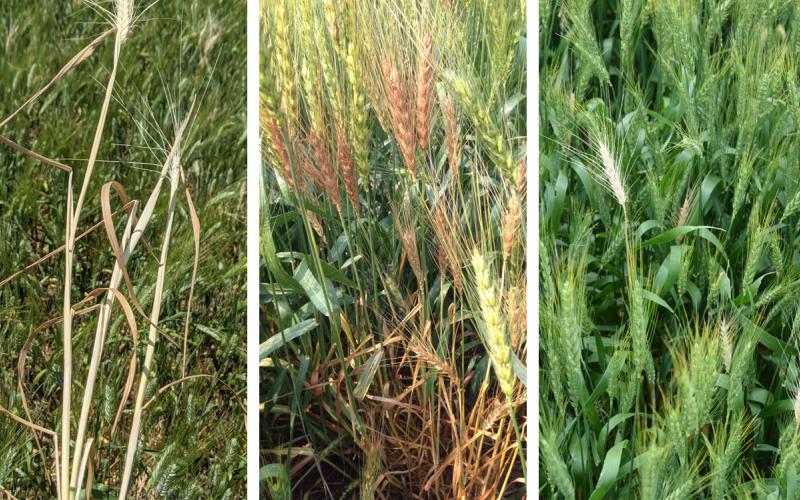
Differentiating Between Wheat Head Diseases and Disorders
Several diseases and disorders can develop in wheat heads. Learn the symptoms of several common disease and insect issues being observed in South Dakota wheat this growing season.